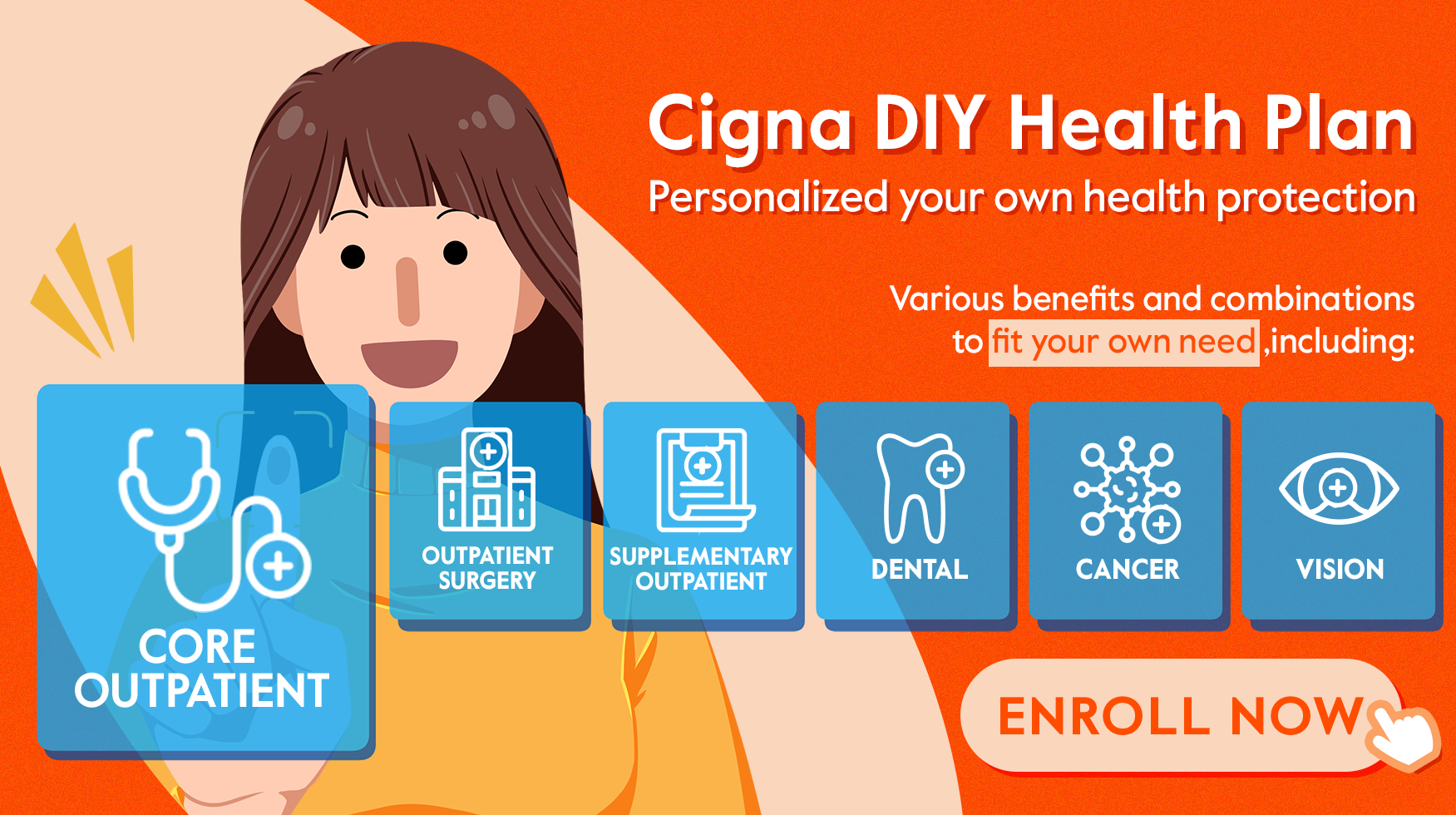Frozen shoulder, also known as adhesive capsulitis, is when the connective tissue surrounding the shoulder joint becomes thick, stiff, and inflamed, limiting the shoulder movement. The condition is most common in people in their 50s and 60s, but the cases among younger adults gradually increase nowadays.
Causes of Frozen Shoulders
Doctors are not sure why this happens to some people, although it is more likely to occur in those with shoulder joint injuries or strain. Bad postures at work (such as frequent use of smartphones) and lack of rest may also lead to frozen shoulders.
People who had stroke or shoulder surgery before having a higher risk of having frozen shoulders. Moreover, some endocrine diseases, such as diabetes and thyroid disease, also cause frozen shoulders.
Symptoms of Frozen Shoulders by Stages
Common symptoms of having a frozen shoulder include escalating pain and gradual stiffness on your shoulder, which adversely affects your daily life. It can be divided into three stages, from inflammation to thawing, characterised by different signs.
|
Stages |
Symptoms |
|
Freezing Stage |
|
|
Frozen Stage |
|
|
Thawing Stage |
|
Treatments for Frozen Shoulders
Most cases of frozen shoulders can be relieved by non-surgical treatments, including:
- Medication: Relieve pain and inflammation by oral or injected medication
- Physiotherapy: Pain relief by ultrasound therapy, interferential current therapy
If the condition is critical (especially the cases caused by endocrine diseases), your doctor may need to conduct surgery to reduce the tension of the synovial membrane by using the minimally invasive arthroscopy technique under anesthesia. After the surgery, you have to receive physiotherapy to improve the condition further.
Exercises to Relieve Frozen Shoulders
The following exercises can help you soothe the pain in your frozen shoulder.
- Shoulder Rotation: Stand and lean over slightly, allowing the affected arm to hang down. Rotate your shoulders slowly in a small circle ten times.
- Towel Stretch: Hold one end of a towel behind your back and grab the opposite end with your other hand. Hold the towel in a horizontal position. Use your good arm to pull the affected arm upward to stretch it. Stretch ten times on each side of your hands.
- Hand Walk: Stand and face a wall. Reach out and touch the wall at waist level with the hand of the affected arm. Slowly walk your hands up and down the wall ten times.
Self-Examination on Frozen Shoulders
- Slowly raise both arms in front of you and overhead. If you have a frozen shoulder, you may have difficulty touching your ear with your arms.
- Put your arms on the other shoulder. Try pushing your elbows inward to your chest. If your elbow cannot touch your chest, you may have a frozen shoulder.
- Reach your arms to the shoulder blades as if buckling up a bra. If you suddenly feel pain and cannot reach your shoulder blade, you may have a frozen shoulder. However, it does not cause a significant issue if you cannot perform this task since childhood.
If you have difficulties finishing the above steps, please consult your doctor for a more detailed check-up.
Will Frozen Shoulders Heal Itself?
Whether treated or not, most frozen shoulders improve on their own over the course of 6 to 12 months, but sometimes it can be up to 18 months. Without treatment, return of motion generally is gradual, but the normal and full-range motion may never return since the shoulder joint tissues remain stiff and thick.
Although stretching your arms and shoulders can relieve pain and improve the conditions, it is not a sustainable solution to treat frozen shoulders. If you experience the above symptoms, you should seek medical advice as soon as possible before the condition deteriorates.
Treat your frozen shoulder with physiotherapy or medication instead of tolerating the pain for months! Cigna DIY Health Plan enables you to freely choose from various protection benefits to customise your plan to your individual needs, including dental coverage, regular oral check-up, treatment cost and emergency. Tailor your health coverage now.


